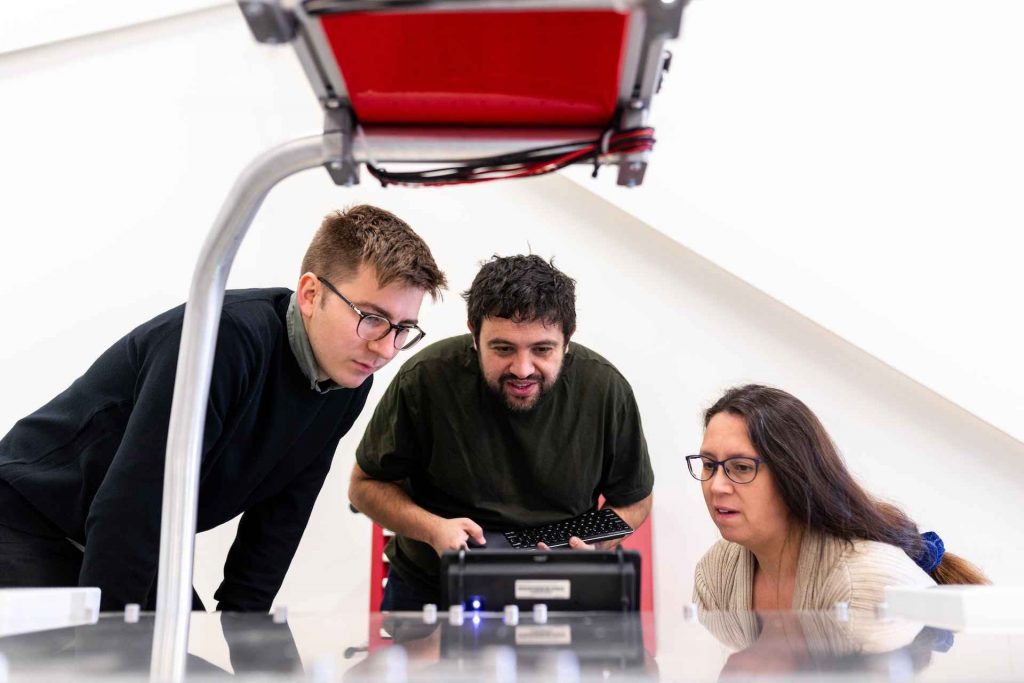It also enables you to identify issues in the early stages of development. This can help reduce later costs associated with fixing bugs. Does your team want a successful end-to-end testing process? Then they need to understand which metrics to use and why they matter. This article will explore some of the most critical metrics for end-to-end testing. It discusses how they can help you improve your software development process.
Vital End-To-End Testing Metrics
Testing metrics indicate how well your test suite is functioning, what progress it has, and does the quality fulfill the expectations. When it comes to end to end test automation, you can rely on the metrics to identify issues with your automation scripts. They’ll help you find problems with the code itself. The metrics can also be utilized in tracking testing progress. This allows teams to measure whether they’re improving their testing processes. This increases efficiency. The following are some of the most crucial end-to-end test automation metrics:
Test Case Preparation Status
The first end-to-end test automation metric to track is test case preparation status. This metric indicates how many test cases in your suite are ready to be run regularly. You can calculate this metric by dividing the number of unassigned tests by the total number of tests in your automation suite. If you have 100 automated tests and only 50% are assigned, half of them (50 out of 100) are ready for execution.
Test Progress Tracking
The progress of your tests can help determine how quickly your test suite is being executed. It shows whether it’s meeting the expectations of your business stakeholders. You can calculate this metric by dividing the number of tests by the total number of days since they were created. If it takes ten days for 100 tests to be run, then each test will take, on average, one day to complete (100/10).
Defects Status and Details
Another metric you should track is the status of each defect in your automation suite. This metric helps you determine how quickly your team is fixing bugs. It reveals whether they meet your expectations. To calculate this metric, divide the number of defects in your automation suite by the number of days since they were created. Suppose there are 100 defects in your automation suite, and it has been 30 days since they were created. Then each defect will take, on average, three days to fix (100 / 30).
Environment Availability
Yes, this metric is vital for any DevOps team. But it’s also precious for organizations using automation. Availability refers to the time your environment is available for use. You can calculate this metric by dividing your automation suite’s total time by the time you need it to run each day. Suppose your application requires 24 hours of testing from start to finish. And suppose your test environment has been running for 60 hours over the past five days. Then its availability would be 40% (24/60) x 100).
Test Case Density
This metric measures how many tests you have for each component. You can calculate it by dividing the test cases by the number of components (e.g., 10,000 tests/1,000 components = 10). Test case density helps DevOps teams determine if they’re testing enough. Suppose your test cases are sparsely distributed across your codebase. Or suppose there are gaps in coverage. Then it could mean that some areas aren’t thoroughly covered.
Bug Identification Rate
The bug identification rate tracks the number of bugs per test case. It can be calculated by dividing the number of bugs identified by the total number of tests run (e.g., 5 bugs/10,000 tests = 0.005). Bug identification rate helps DevOps teams determine if they’re testing enough to catch all defects. They must do this before deploying their code. If your bug identification rate is low, more defects are lurking in your environment. This might cause problems when users interact with them.
Testing Hours Per Test Case
Testing hours per test case tracks the time to run each test case. You can calculate it by dividing the hours spent testing by the number of tests run (e.g., 200 hours/10,000 tests = 0.02). Testing hours per test case help DevOps teams determine if they’re running enough tests. They must cover all aspects of their application or service. If your testing hours per test case are low, then it means there are still more bugs lurking in your environment.
Mean Time To Repair
The mean time to repair (MTTR) tracks the average time to repair a problem once it’s identified. You can calculate it by dividing the hours spent fixing bugs by the number of bugs fixed (e.g., 150 hours / 12,000 bugs = 0.1). A high MTTR indicates that your system isn’t set up correctly or that too many problems are created.
Conclusion
The above end-to-end testing metrics are beneficial. These metrics can improve the quality of your software. The key is to collect data that aligns with your goals. This helps you identify areas where improvements are needed and measure their effectiveness.



